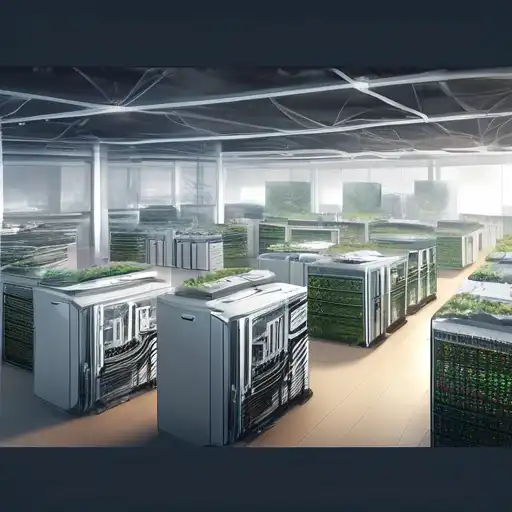Introduction to Sustainable Hardware in Tech
In today's rapidly evolving tech landscape, sustainability has become a cornerstone for innovation. Tech companies are increasingly turning towards sustainable hardware solutions to reduce environmental impact while maintaining high performance. This article explores the latest in eco-friendly hardware innovations that are setting new standards in the industry.
Why Sustainable Hardware Matters
The tech industry is notorious for its significant environmental footprint, from energy consumption to electronic waste. Sustainable hardware solutions offer a path to mitigate these impacts, providing benefits not only to the planet but also to businesses through cost savings and enhanced brand reputation.
Key Sustainable Hardware Innovations
Energy-Efficient Processors
One of the most significant advancements in sustainable hardware is the development of energy-efficient processors. These processors deliver high performance while consuming less power, reducing the overall energy demand of data centers and devices.
Recyclable Materials
Tech companies are increasingly utilizing recyclable materials in their hardware products. From smartphones to servers, the use of such materials helps in reducing electronic waste and promoting a circular economy.
Modular Design
Modular hardware design allows users to upgrade individual components without replacing the entire device. This approach not only extends the lifespan of tech products but also significantly cuts down on waste.
Implementing Sustainable Hardware Solutions
Adopting sustainable hardware requires a strategic approach. Companies should consider factors such as lifecycle assessment, supply chain sustainability, and end-of-life recycling options. Partnering with certified eco-friendly suppliers can also enhance sustainability efforts.
Case Studies: Leading the Way in Sustainability
Several tech giants have already made significant strides in sustainable hardware. For instance, some have committed to carbon-neutral production processes, while others have introduced take-back programs for old devices. These initiatives serve as a blueprint for other companies looking to make a positive environmental impact.
Challenges and Opportunities
While the shift towards sustainable hardware presents challenges, such as higher upfront costs and technological limitations, it also offers immense opportunities. Innovations in this space are driving competitiveness and opening new markets for eco-conscious products.
Conclusion
Sustainable hardware solutions represent a critical step forward for the tech industry. By embracing these innovations, companies can not only reduce their environmental footprint but also achieve long-term business success. The future of tech lies in sustainability, and the time to act is now.
